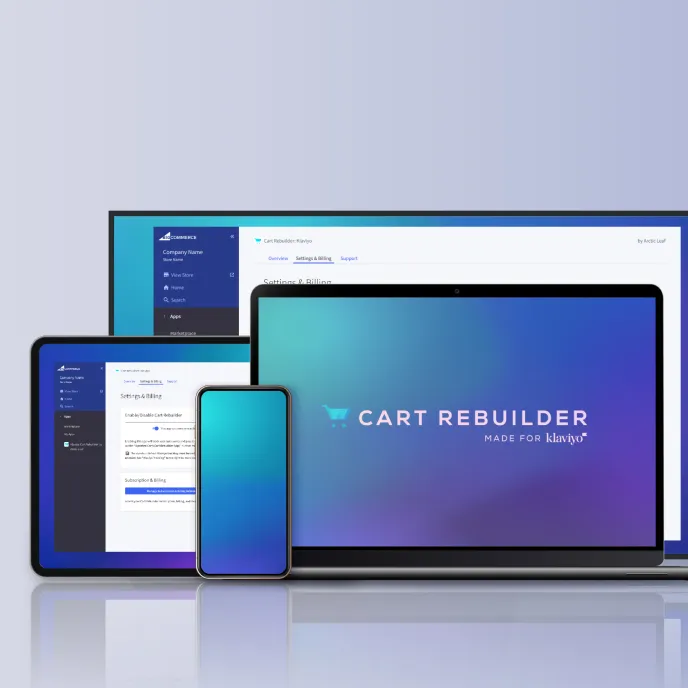4 Ways UX Design Improves E-Commerce Experiences
1. Establish Clear Site Taxonomy.
4 Ways UX Design Improves E-Commerce Experiences
Building a successful e-commerce website requires more than just the end product. It demands a strategic focus on user experience (UX) from the beginning. Today, our Senior UX Designer Martin Madeanu shares insights on how strong UX design lays the foundation for engaging e-commerce experiences.
Site taxonomy is essential for organizing information and improving user experience. A clear structure prevents confusion and makes product discovery straightforward. If customers can easily navigate a well-organized site, their engagement increases, which signals to search engines that the content is valuable and relevant.
“A site taxonomy really underpins the site. It’s the structure for how information and content are presented, organized, and accessed from a user’s perspective.”
–Martin Madeanu
2. Leverage Information Architecture.
Information architecture plays an essential role in creating a user-friendly website. By understanding product relationships during the discovery phase it’s easier to establish a clear structure. This approach allows users to navigate easily and find what they need without confusion.
“In the discovery phase, we sometimes participate in the solution call with the client. This helps us get a feel for the project and introduce ourselves, as the client will be working with us for a large portion of the project.”
-Martin Madeanu
3. Tailor Taxonomy to Your Audience.
An organized taxonomy structure is key to an intuitive website experience. Break down complex product categories so users can navigate easily without feeling overwhelmed and be sure to tailor taxonomies to suit the audience—keeping it simple for consumer-facing sites and more technical for B2B.
“This method is particularly effective because presenting too many categories at once—especially when there are more than three levels of navigation—can be overwhelming for users. Instead, breaking everything down helps manage the information presented.”
-Martin Madeanu
4. Differentiate Between DTC and B2B Experiences.
DTC and B2B sites may differ in their audiences, but both benefit from a straightforward, respectful experience. Customers, whether individuals or industry professionals, expect a site that’s easy to use and doesn’t patronize.
“The lines between DTC and B2B are blurring because many people in the industry also seek a good experience on a website. They want it to be user-friendly, understandable, and respectful; they don’t want to feel talked down to.”
Martin Madeanu
Want to Learn More?
Check out the full conversation with our Creative Director Natalie Pucacco and Senior UX Designer Martin Madeanu:
Explore these additional resources to deepen your understanding of how UX design impacts e-commerce:
Meet Our Experts
Natalie Pucacco
Natalie has spent over 13 years in various creative roles, blending intuition with skill. Her experience in e-commerce allows her to turn the ordinary into extraordinary, ensuring every project is engaging and effective.
Martin Madeanu
With 14 years in e-commerce design, Martin excels in user research, wireframing, and interaction design. His calm and detail-oriented approach helps create intuitive experiences.
For any questions about e-commerce or content marketing, contact us at [email protected]. Cheers, and we look forward to seeing you soon!





